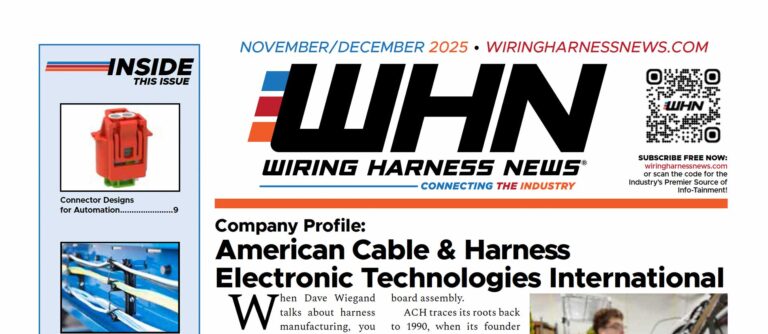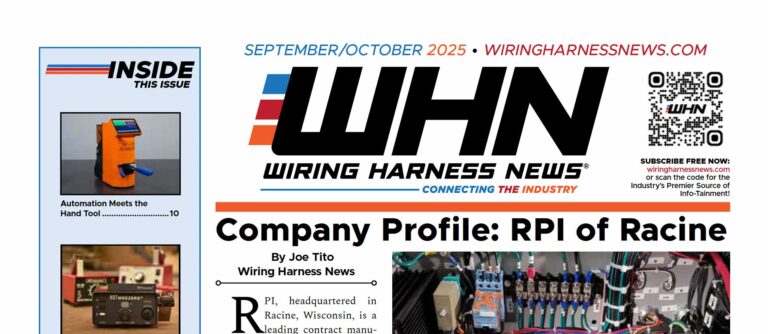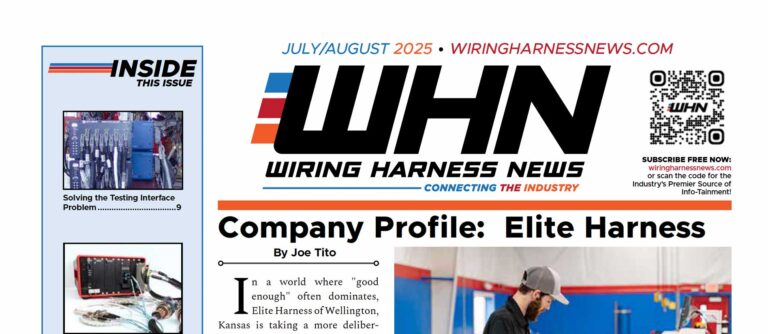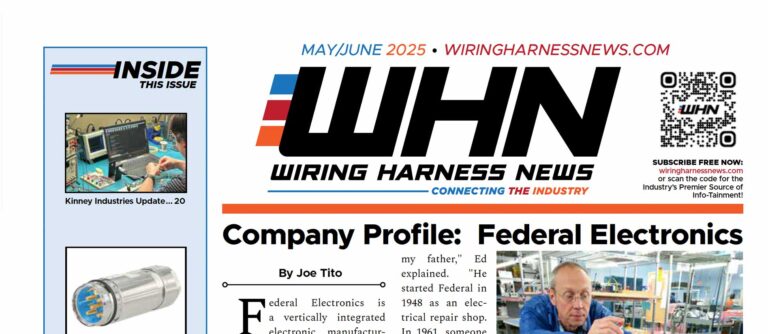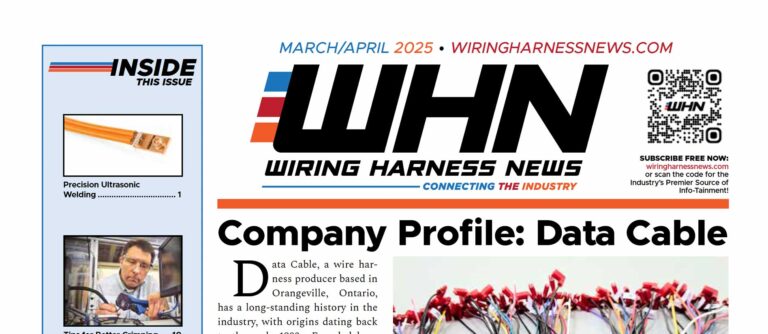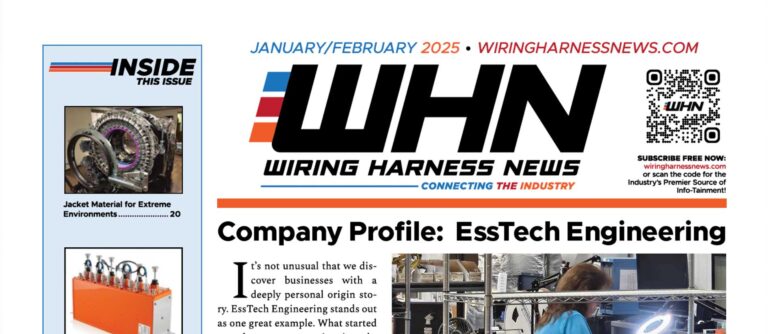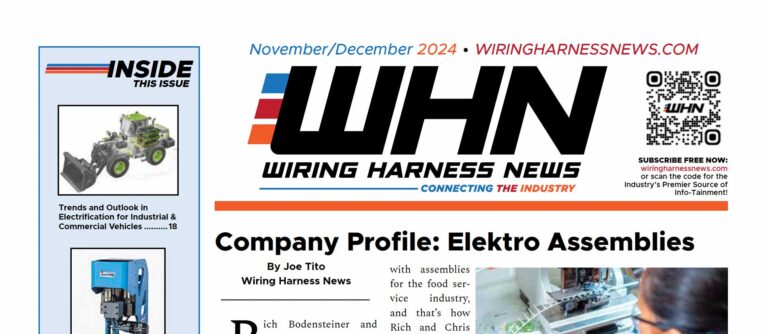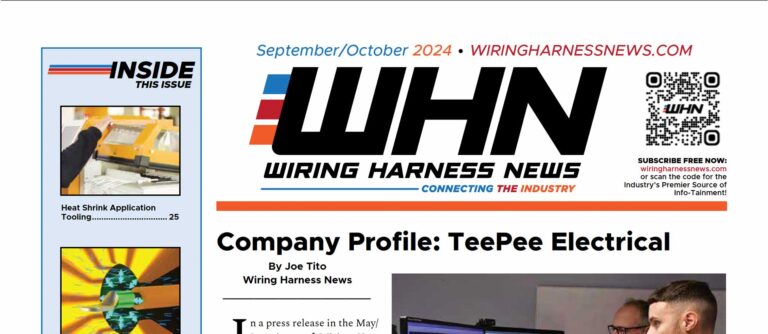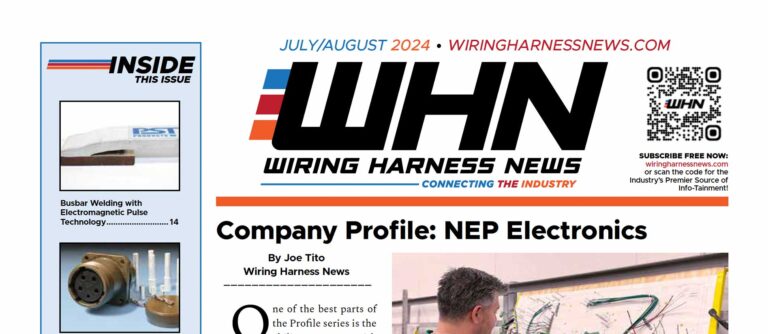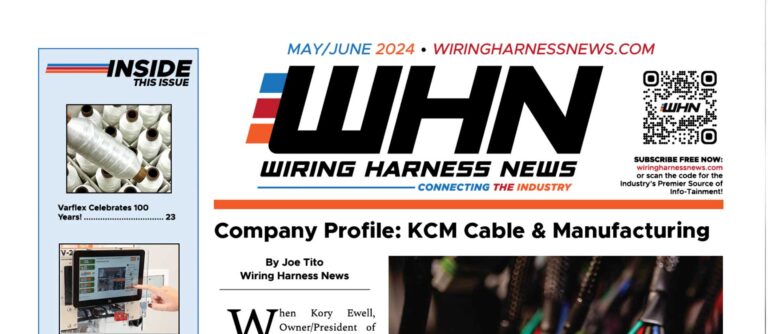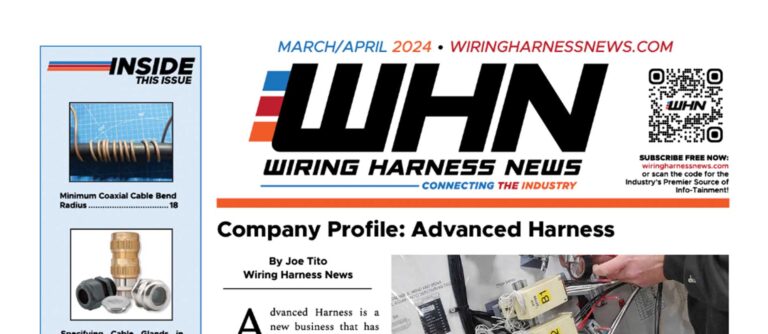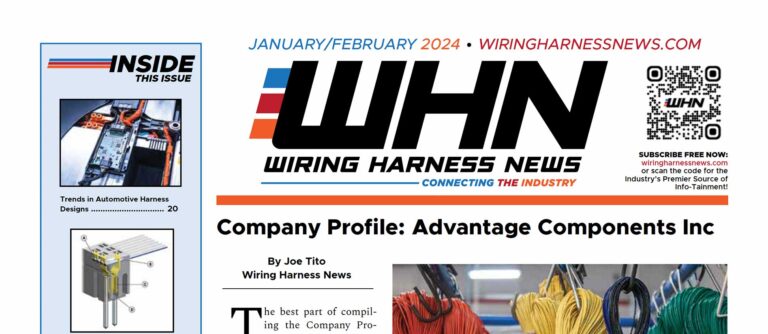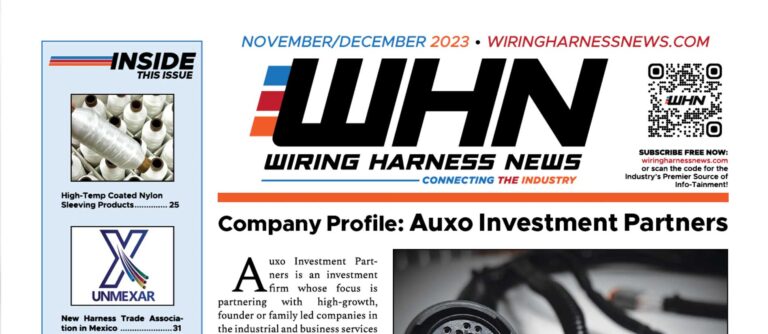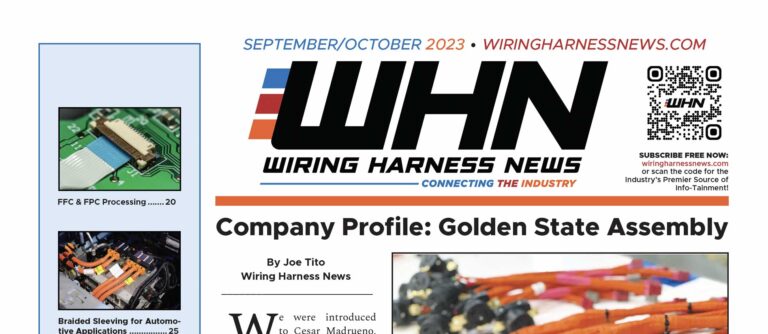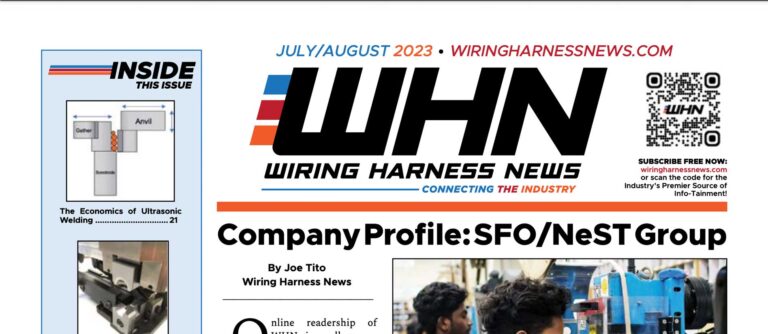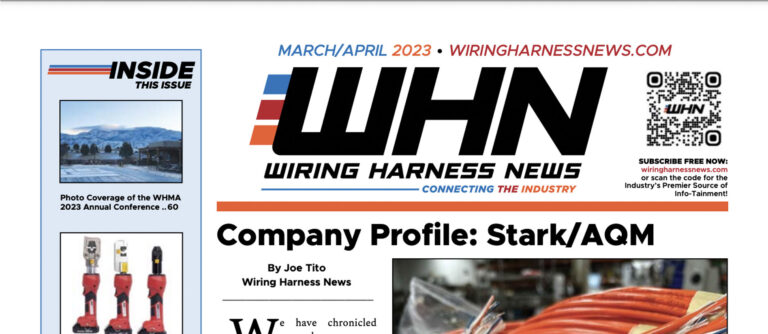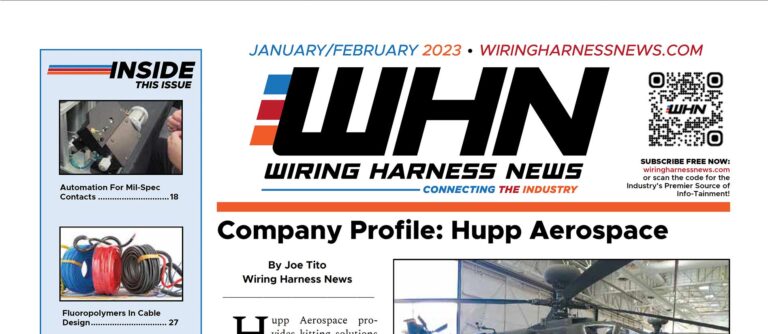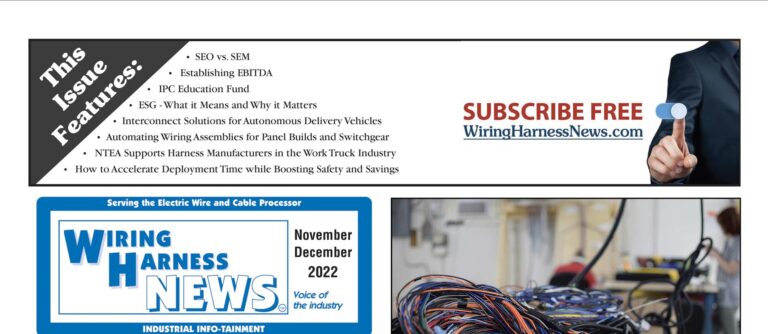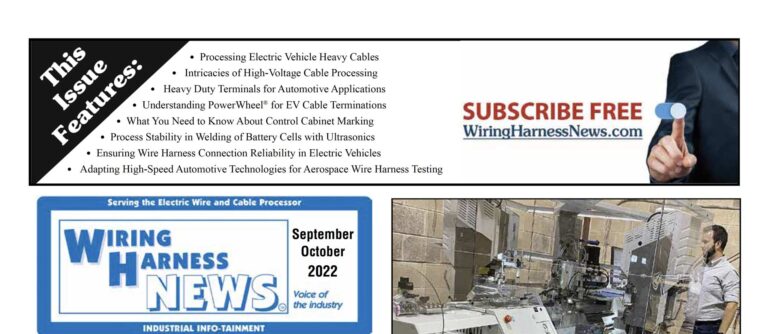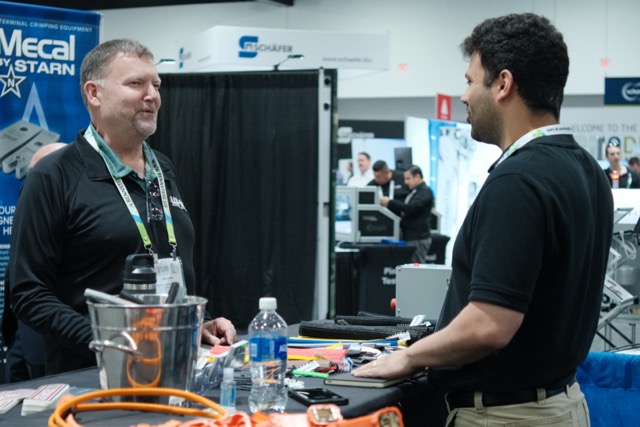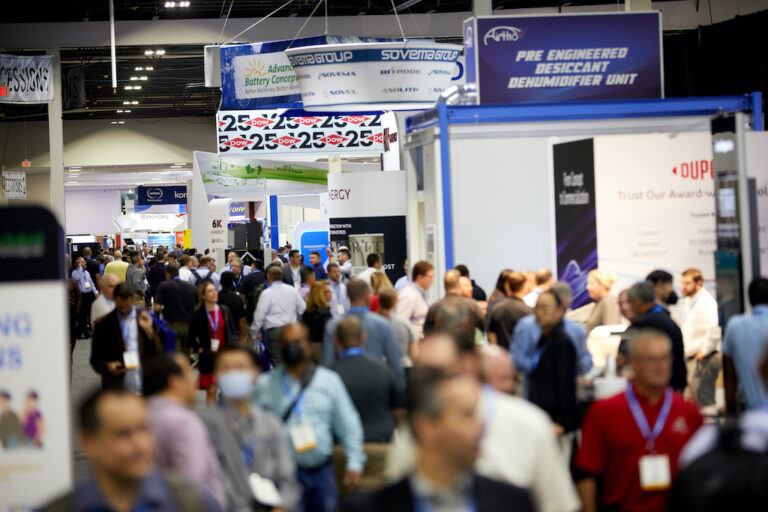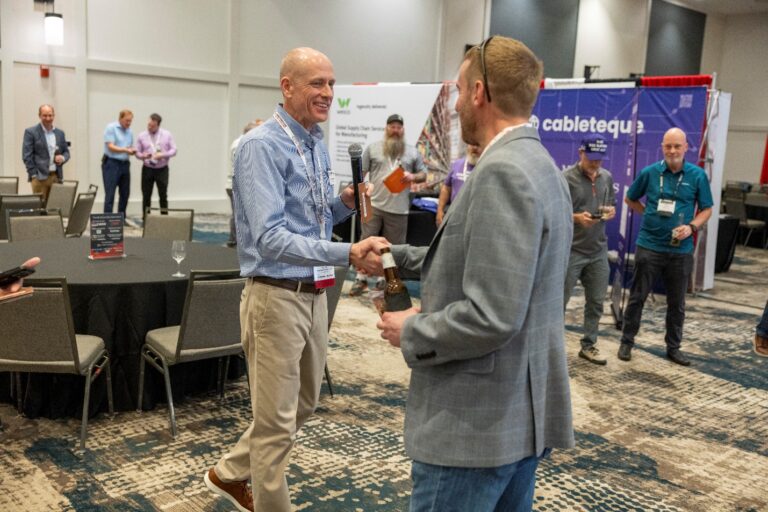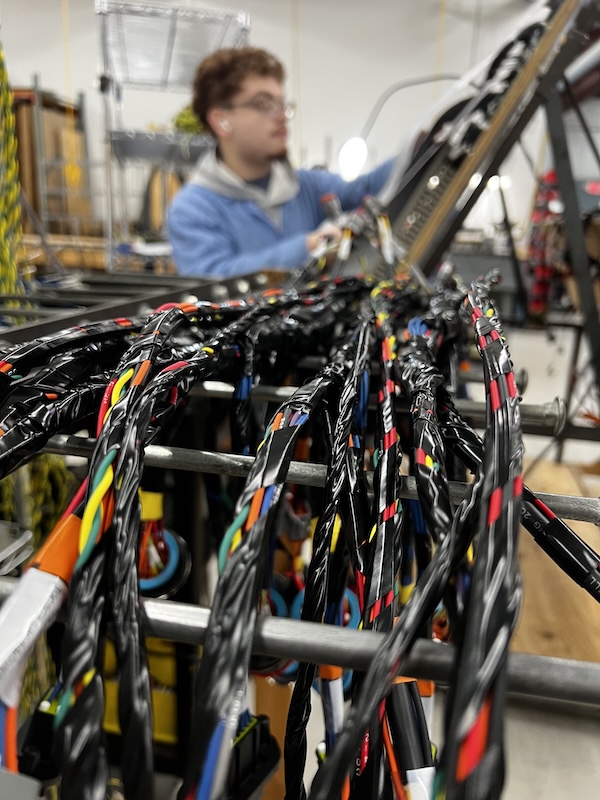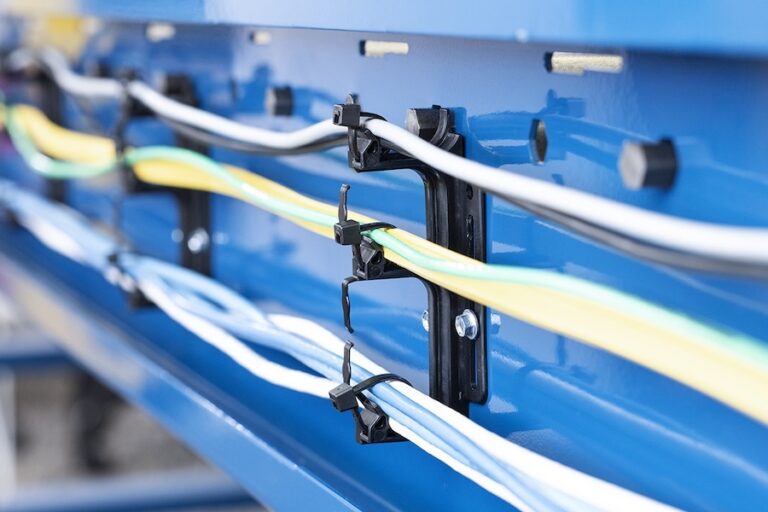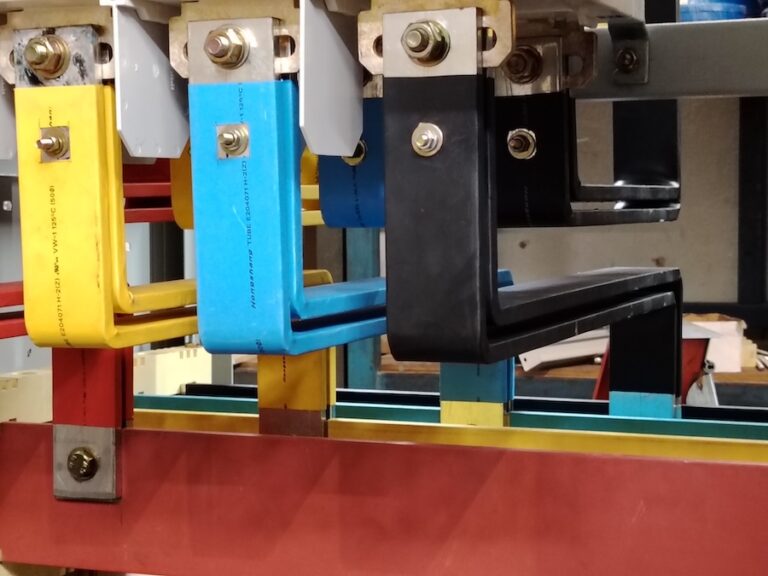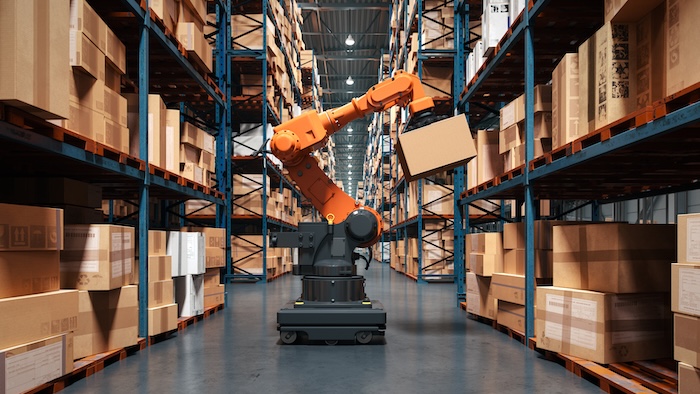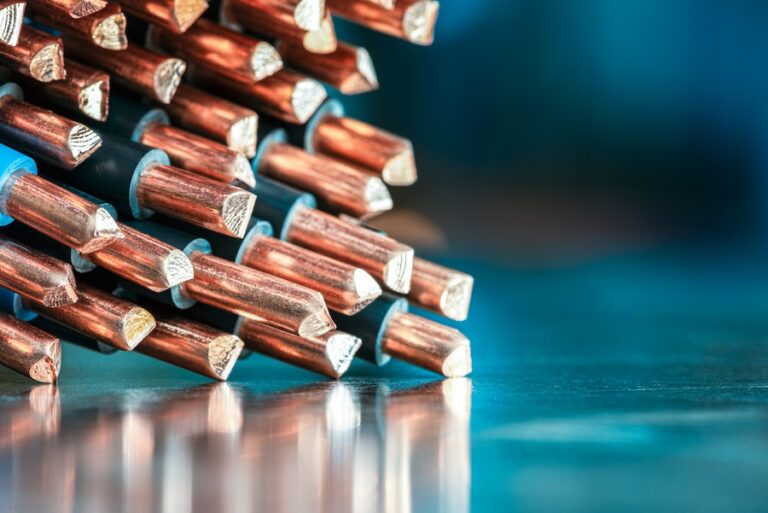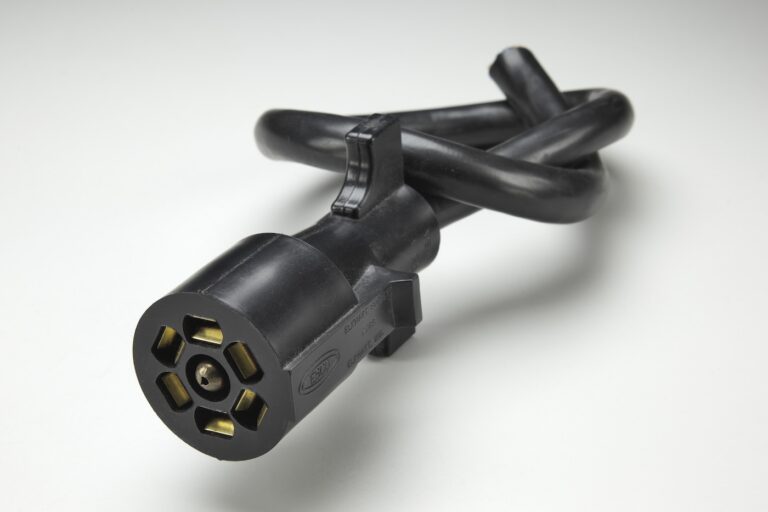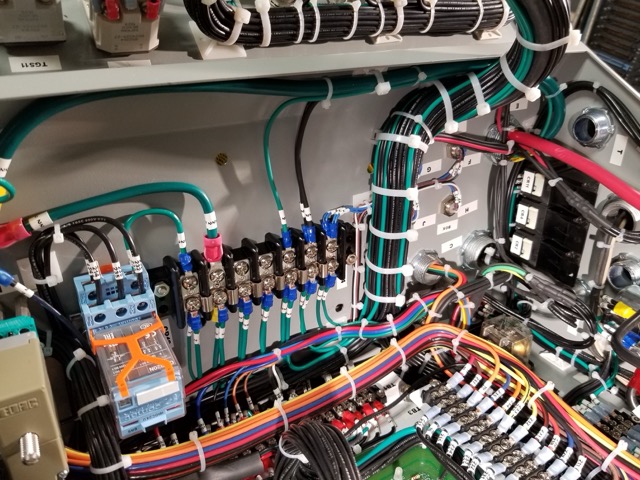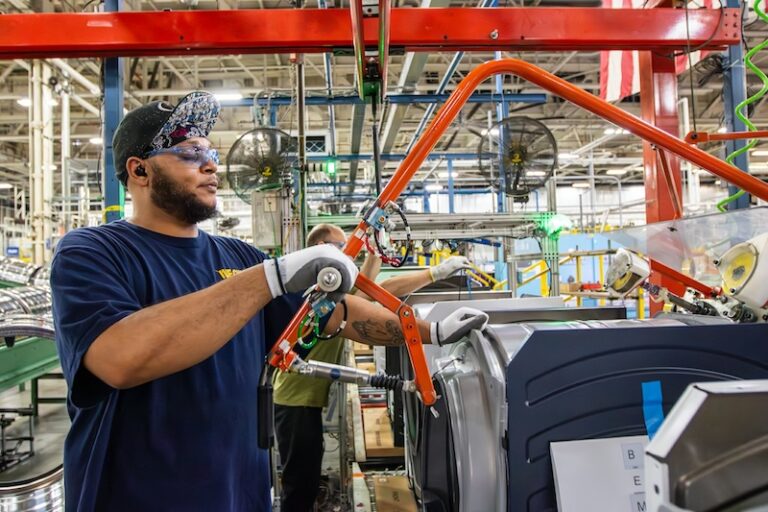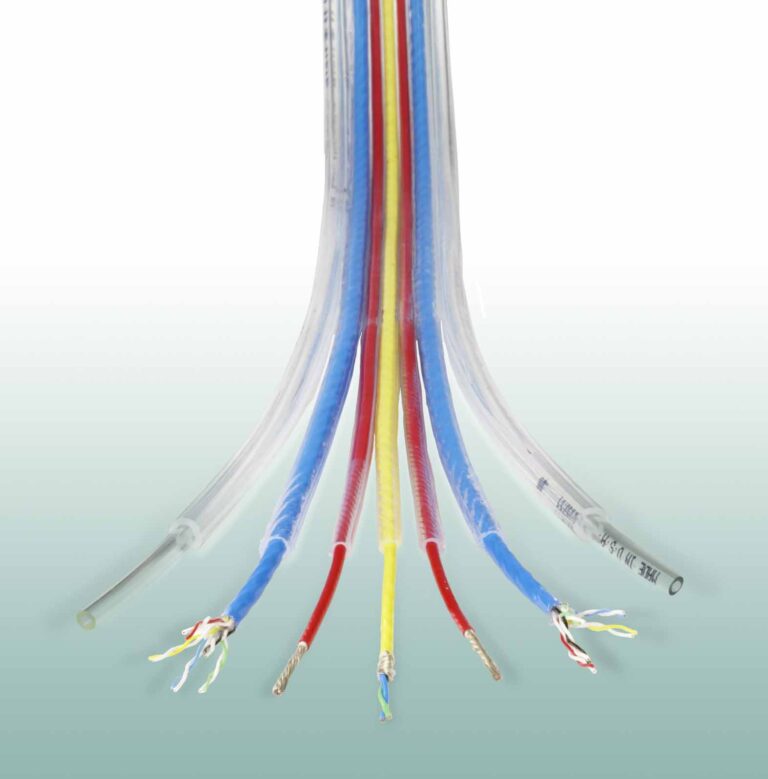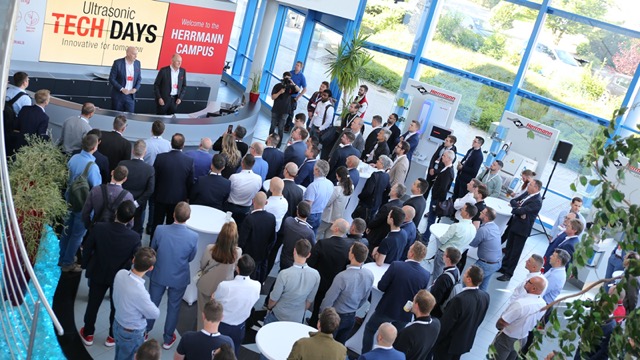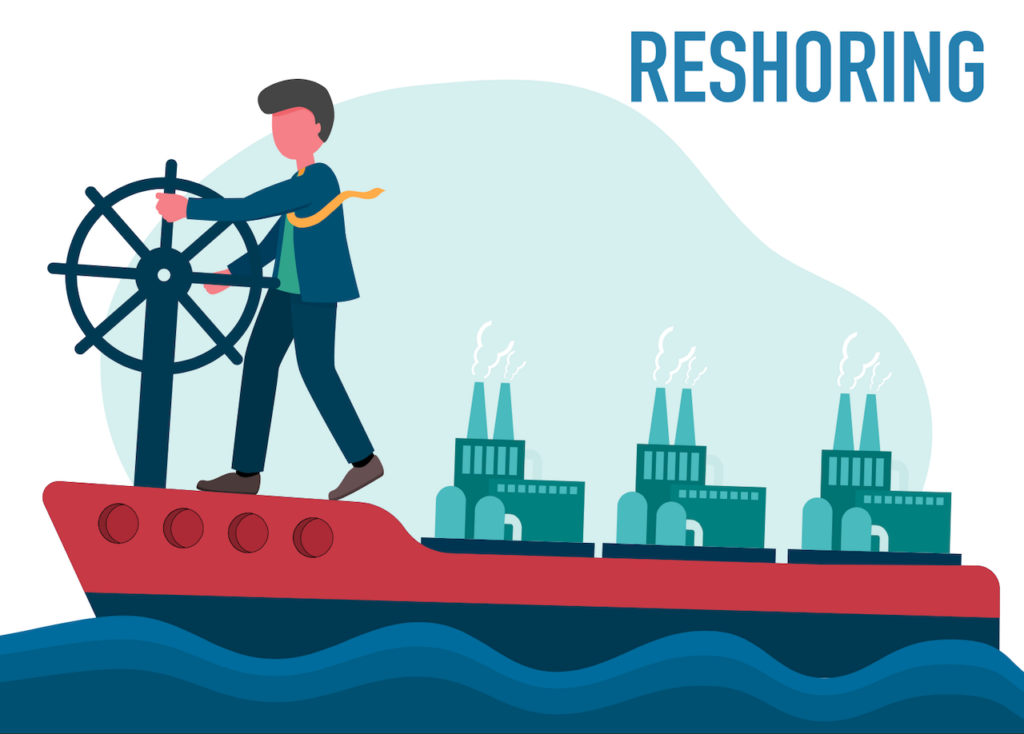By all accounts, the global supply chain has had a rough few years. Between pandemics, port congestion, geopolitical tension, and an ever-tightening labor pool, U.S. manufacturers have found themselves rethinking the old wisdom of “cheaper overseas.” And according to the 2025 Reshoring Survey conducted by the Reshoring InitiativeÒ and Regions RecruitingÒ, they aren’t just talking about it—many are actually doing it.
The Reshoring Initiative (reshorenow.org), founded by Harry Moser in 2010, exists to help companies calculate the real costs of offshoring. Their mission? To balance the $1.2 trillion goods trade deficit by encouraging U.S.-based manufacturing through better cost awareness, workforce development, and smarter policy. This year’s survey reached over 500 companies, split between Original Equipment Manufacturers (OEMs) and Contract Manufacturers (CMs), shedding light on reshoring motivations, barriers, and opportunities.
What the Data Tells Us
Roughly 30% of OEMs surveyed reported they have reshored or are actively executing reshoring strategies. Another 16% are considering it. That’s nearly half of respondents at least dabbling with bringing manufacturing home. Why? The top reasons cited include the benefit of having manufacturing near engineering (45%), freight and duty savings (45%), and avoiding geopolitical risk (38%).
But it’s not just warm fuzzies and patriotic vibes. Cost remains king. When asked why they offshore, 69% of OEMs said cost is still the primary driver. And 91% of CMs say they lose orders to imports based primarily on price. Despite all the talk about quality and delivery, the cold math of unit price is still ruling the day.
That said, 40% of OEMs say they’d pay up to 20% more for components with a one-week lead time versus six. Speed matters—especially in automation-heavy industries where every hour of downtime carries a price tag. Therein lies the value proposition for domestic suppliers.
Total Cost of Ownership: The Hidden Math
Here’s where the Reshoring Initiative drives its point home. Most companies are still using simple landed cost or FOB pricing to make sourcing decisions. Only 30% of OEMs and 29% of CMs say their customers are using Total Cost of Ownership (TCO) calculations—which consider around 20 hidden costs like IP risk, duty, freight, and quality issues.
The report makes the case that widespread TCO adoption could bring back $200 billion in manufacturing without a dime of government subsidy. Just smarter math.
Workforce: The Elephant on the Shop Floor
While automation is helping reduce labor dependencies, the skills gap remains the biggest bottleneck to reshoring. A staggering 2.1 million U.S. manufacturing jobs are forecast to go unfilled by 2030. If reshoring accelerates as hoped, that number could balloon to 3 million or more.
It’s not just about bringing jobs back—it’s about having people who can do them. That means investments in training, trade schools, and shifting public perception of manufacturing work.
China, Taiwan, and the Risk Factor
77% of OEMs say they’re concerned about a Chinese invasion of Taiwan disrupting the supply chain. But less than half have taken steps to reshore products as insurance. Talk, meet action.
CMs echoed the concern, but many said their OEM customers aren’t taking real steps to prepare. Meanwhile, 41% of CMs said they’ve lost business to China in the past two years alone. Further, a staggering 67% of CMs report their customers have not even calculated the potential impact of a Chinese invasion of Taiwan.
What It Means for the Wire Harness Sector
For harness manufacturers serving OEMs, especially in aerospace and defense, this data signals real opportunity. OEMs increasingly value engineering proximity, reliability, and delivery speed. Domestic suppliers that lean into TCO-based conversations, while investing in workforce and quality, will be positioned to win big.
And while price remains the gatekeeper, the game is changing. The risk premium of offshore sourcing is rising. The 2025 Reshoring Survey shows that the future of American manufacturing may hinge less on cost and more on trust, responsiveness, and resilience. That sounds like a niche wire harness shops are ready to fill.
If you would like to read the full report or need more information on convincing your customers to reshore products using the TCO calculator, visit the Reshoring Initiative at reshorenow.org.

